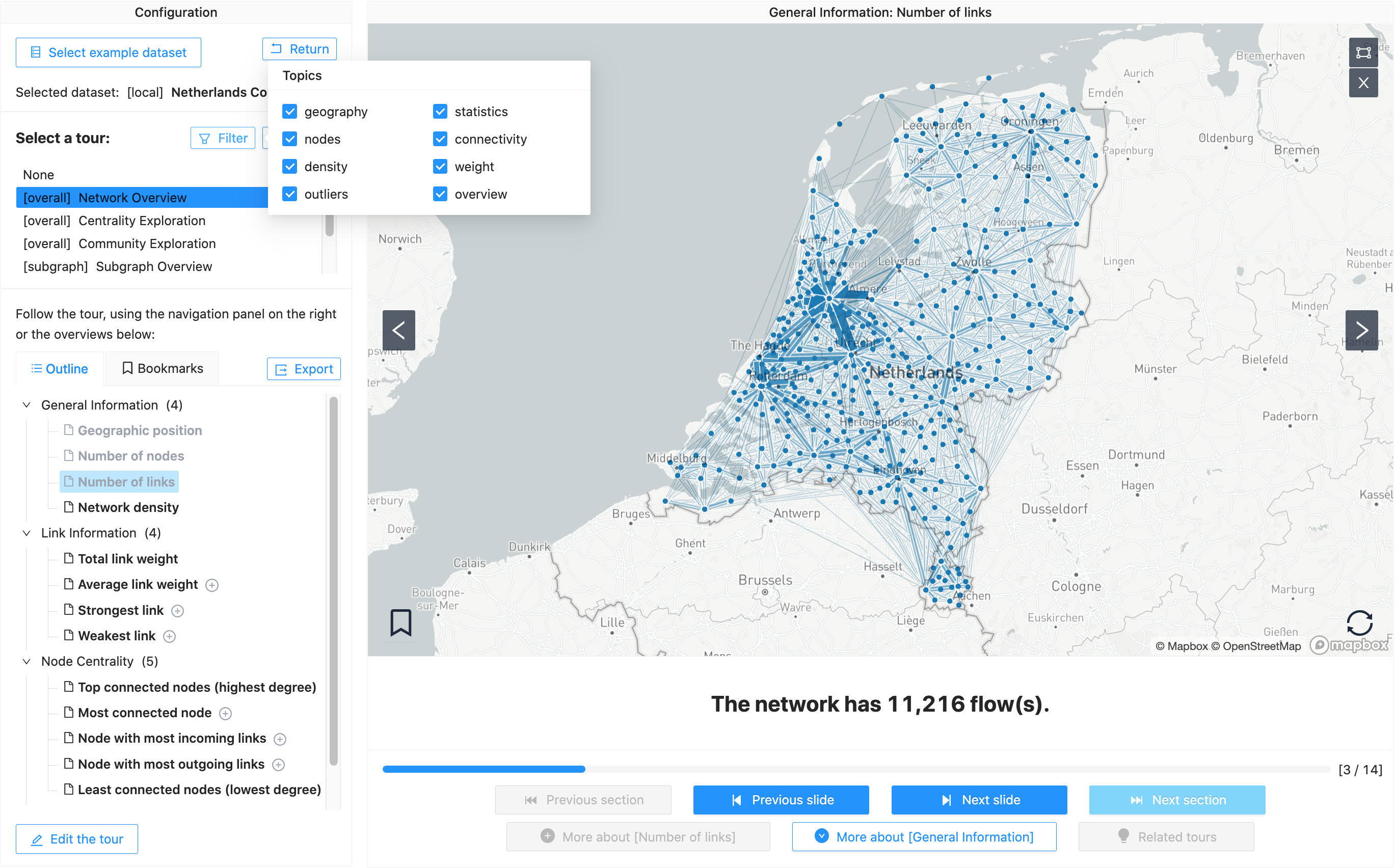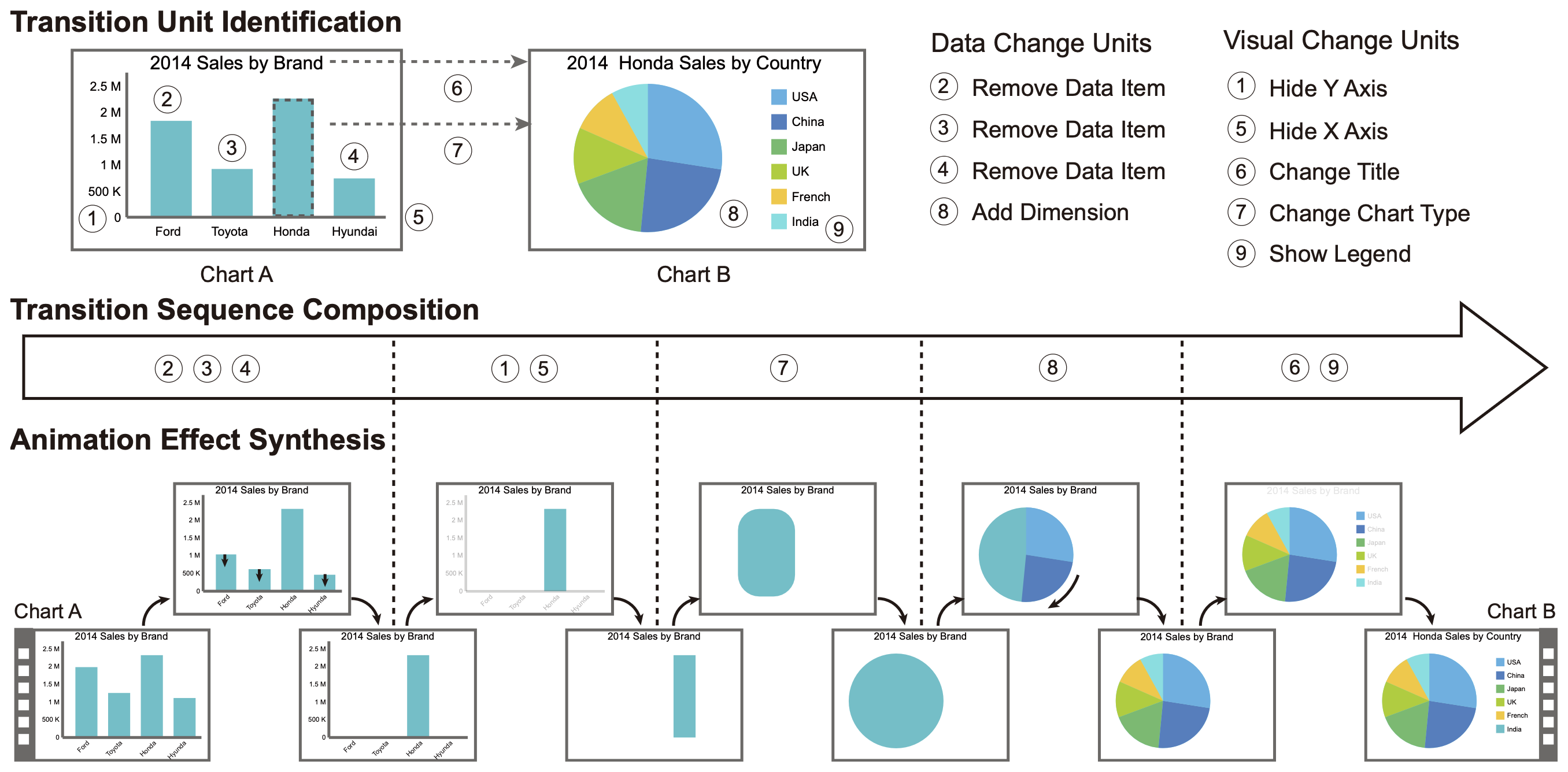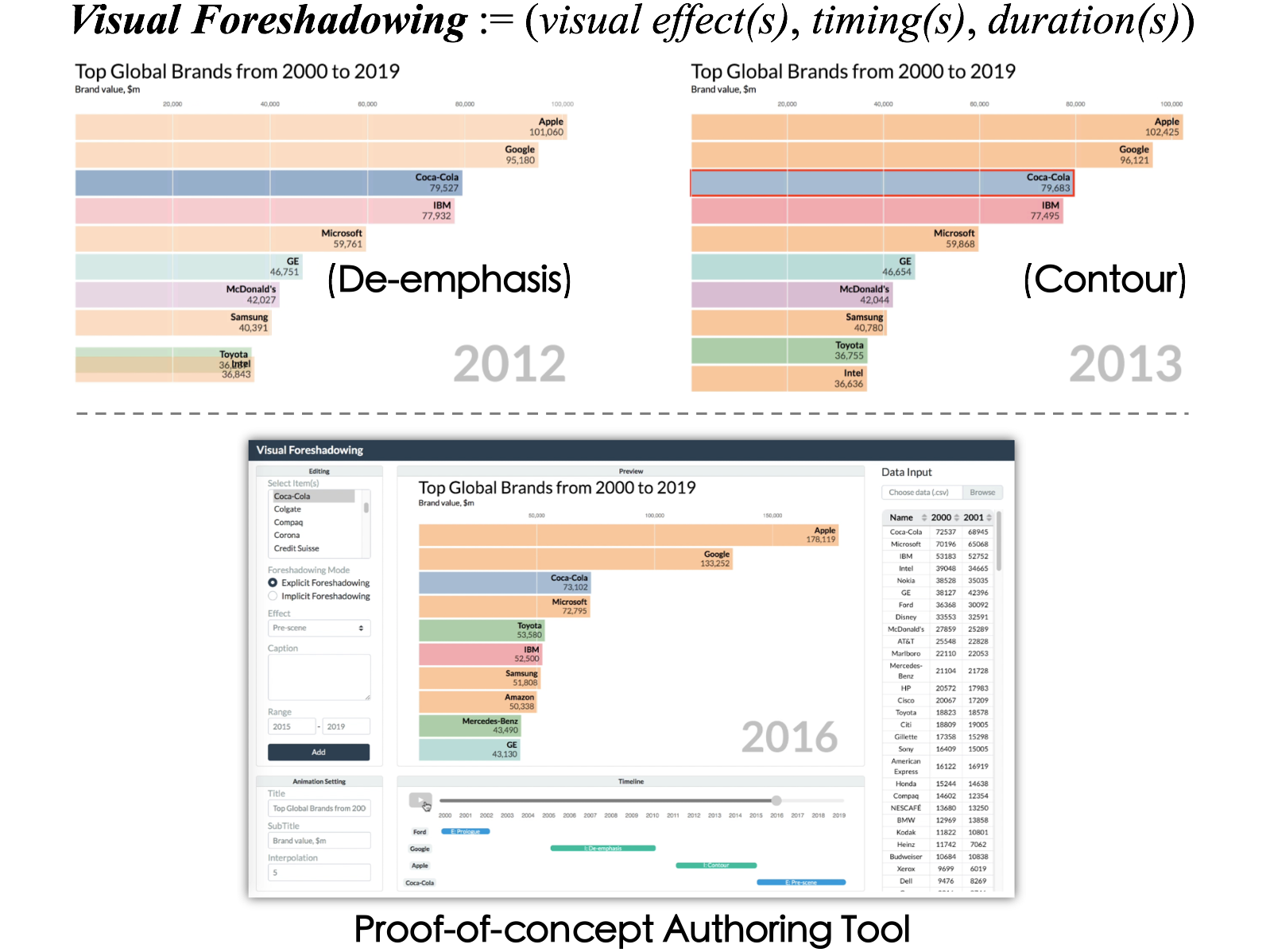About Me
Thinker, Researcher, Creative Doer

Hi! My name is LI Wenchao (李文超).
I'm a senior research and development engineer at Huawei. I develop business intelligence (BI) software and services for Huawei Cloud.
I received my Ph.D. from the Department of Computer Science and Engineering at The Hong Kong University of Science and Technology (HKUST), where I worked with Prof. Huamin Qu in the VisLab.
Prior to joining HKUST, I obtained my master's degree in Computer Technology from University of Chinese Academy of Sciences and my bachelor's degree in Computer Science and Technology from Sichuan University. During my Master's programme, I was advised by Prof. Hui Huang and Prof. Ruizhen Hu.
I've also interned at Microsoft Research Asia, ByteDance, Huawei Cloud, and others. Details are in my resume.
- Research Interests
- To facilitate the understanding and communication of complex data, I develop innovative tools that synergistically leverage human and machine capabilities. My systems incorporate techniques from information visualization, human-data interaction, and data storytelling to enable effective data exploration and communication.
- wenc.li at outlook.com
Resume
Experience
Education
09/2017 - 10/2023
The Hong Kong University of Science and Technology
Department of Computer Science and EngineeringAdvisor: Huamin Qu
09/2014 - 07/2017
University of Chinese Academy of Sciences
Shenzhen Institutes of Advanced TechnologyAdvisors: Hui Huang and Ruizhen Hu
09/2010 - 07/2014
Sichuan University
College of Computer ScienceResearch & Work
08/2022 - 04/2023
Data Intelligence Innovation Lab, Huawei Cloud
Research intern, working with Ke Xu.
04/2022 - 07/2022
Data Platform, ByteDance
Software development intern.
10/2021 - 04/2022
Data, Knowledge, Intelligence (DKI) Group, Microsoft Research Asia
Research intern, working with Yun Wang
08/2019 - 04/2020
Data, Knowledge, Intelligence (DKI) Group, Microsoft Research Asia
Research intern, working with Yun Wang
04/2016 - 07/2017
Visual Computing Research Center, Shenzhen University
Research assistant, working with Ruizhen Hu
12/2013 – 04/2014
Shenzhen VisuCA Key Lab, Shenzhen Institutes of Advanced Technology
Research intern, working with Qian Zheng
Teaching
Spring 2020
Data Visualization
Teaching assistant, The Hong Kong University of Science and Technology
Fall 2018
Cryptography and Security
Teaching assistant, The Hong Kong University of Science and Technology
Spring 2017
Introduction to Visual Information Processing
Teaching assistant, Shenzhen University
Fall 2016
Computer Graphics
Teaching assistant, Shenzhen University
Community Involvement
2014
Student Volunteer
SIGGRAPH Asia
Publications
Research Works
2023

NetworkNarratives: Data Tours for Visual Network Exploration and Analysis
-
Wenchao Li, Sarah Schöttler, James Scott-Brown, Yun Wang, Siming Chen, Huamin Qu, and Benjamin Bach
-
ACM Conference on Human Factors in Computing Systems (CHI), 2023
-
Project page | PDF | BibTeX
This paper introduces semi-automatic data tours to aid the exploration of complex networks. Compared to guidance and recommender systems for visual analytics, we provide a set of goal-oriented tours for network overview, ego-network analysis, community exploration, and other tasks. Based on interviews with five network analysts, we developed a user interface (NetworkNarratives) and 10 example tours. The interface allows analysts to navigate an interactive slideshow featuring facts about the network using visualizations and textual annotations. On each slide, an analyst can freely explore the network and specify nodes, links, and subgraphs as seed elements for follow-up tours.

GeoCamera: Telling Stories in Geographic Visualizations with Camera Movements
-
Wenchao Li, Zhan Wang, Yun Wang, Di Weng, Liwenhan Xie, Siming Chen, Haidong Zhang, and Huamin Qu
-
ACM Conference on Human Factors in Computing Systems (CHI), 2023
-
Project page | PDF | BibTeX
This work aims to lower the barrier of crafting diverse camera movements for geographic data videos. We first analyze a corpus of 66 geographic data videos and derive a design space of camera movements with a dimension for geospatial targets and one for narrative purposes. Based on the space, we propose a set of adaptive camera shots and further develop GeoCamera, an interactive tool that empowers users to flexibly design camera movements for geographic visualizations.
2021

AniVis: Generating Animated Transitions Between Statistical Charts with a Tree Model
-
Wenchao Li, Yun Wang, He Huang, Weiwei Cui, Haidong Zhang, Huamin Qu, and Dongmei Zhang
-
arXiv, 2021
We present AniVis, an automated approach for generating animated transitions to demonstrate the changes between two statistical charts. AniVis models each statistical chart into a tree-based structure. Given an input chart pair, the differences of data and visual properties of the chart pair are formalized as tree edit operations. The edit operations can be mapped to atomic transition units. Through this approach, the animated transition between two charts can be expressed as a set of transition units. Then, we conduct a formative study to understand people's preferences for animation sequences. Based on the study, we propose a set of principles and a sequence composition algorithm to compose the transition units into a meaningful animation sequence. Finally, we synthesize these units together to deliver a smooth and intuitive animated transition between charts.
2020

Improving Engagement of Animated Visualization with Visual Foreshadowing
-
Wenchao Li, Yun Wang, Haidong Zhang, and Huamin Qu
-
IEEE Visualization Conference (Short Papers), 2020
-
Project page | PDF | BibTeX
Informed by the role of foreshadowing that builds the expectation in film and literature, we introduce visual foreshadowing to improve the engagement of animated visualizations. In specific, we propose designs of visual foreshadowing that engage the audience while watching the animation. Moreover, we implement a proof-of-concept authoring tool to demonstrate our approach and conduct a user study to learn the efficacy of engagement enhancement.
2017
Learning to Predict Part Mobility from a Single Static Snapshot
-
Ruizhen Hu, Wenchao Li, Oliver van Kaick, Ariel Shamir, Hao Zhang, and Hui Huang
-
ACM Transactions on Graphics (SIGGRAPH Asia), 2017
-
Project page | PDF | BibTeX
We introduce a method for learning a model for the mobility of parts in 3D objects. Our method allows not only to understand the dynamic functionalities of one or more parts in a 3D object, but also to apply the mobility functions to static 3D models.

Co-Locating Style-Defining Elements on 3D Shapes
-
Ruizhen Hu, Wenchao Li, Oliver van Kaick, Hui Huang, Melinos Averkiou, Daniel Cohen-Or, and Hao Zhang
-
ACM Transactions on Graphics (Presented at SIGGRAPH), 2017
-
Project page | PDF | BibTeX
We introduce a method for co-locating style-defining elements over a set of 3D shapes. Our goal is to translate high-level style descriptions, such as "Ming" or "European" for furniture models, into explicit and localized regions over the geometric models that characterize each style. For each style, the set of style-defining elements is defined as the union of all the elements that are able to discriminate the style. Another property of the style-defining elements is that they are frequently-occurring, reflecting shape characteristics that appear across multiple shapes of the same style.
LI Wenchao
Information Visualization
Human-AI Collaboration
Data-Driven Storytelling
Human-Data Interaction
Computer Graphics
